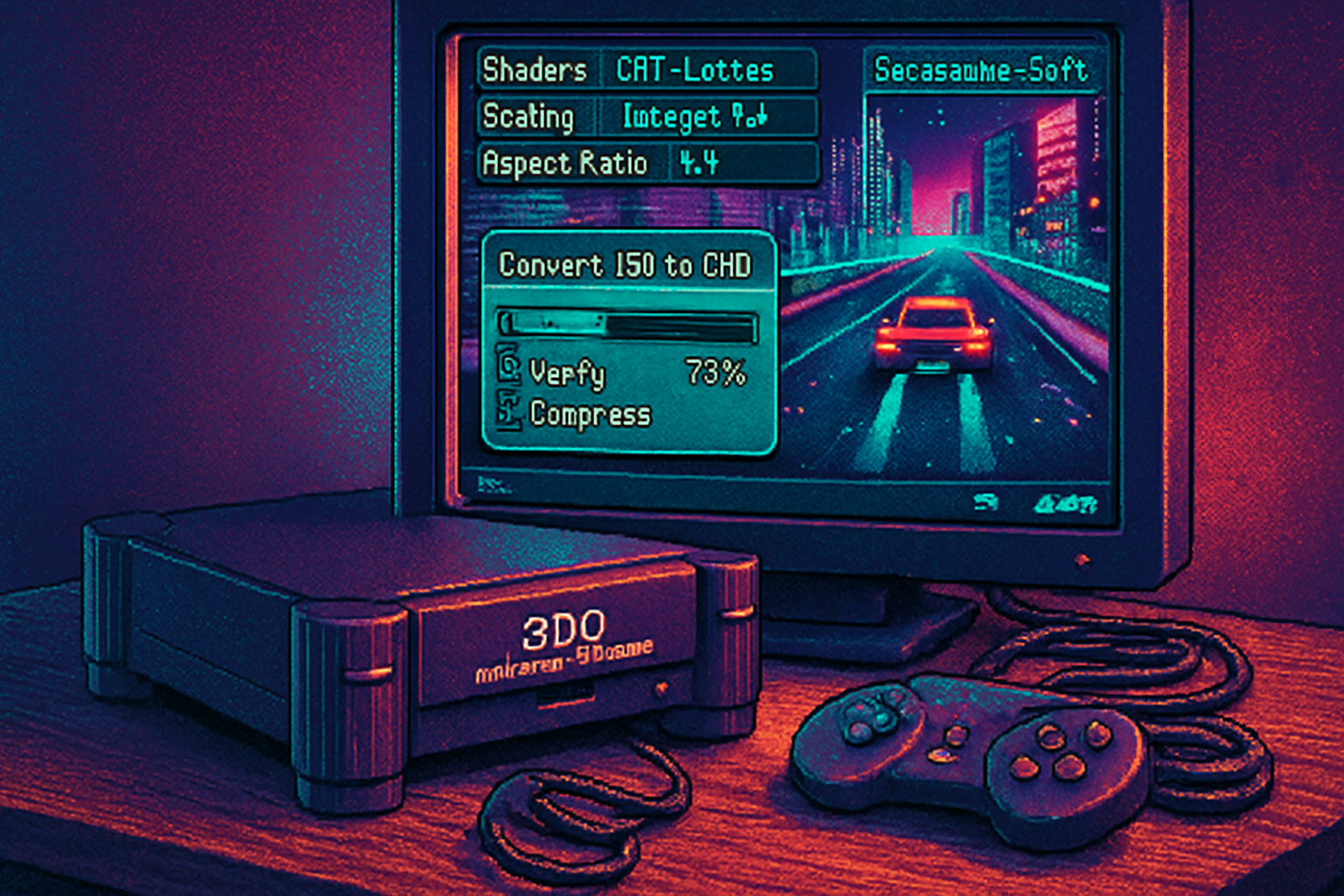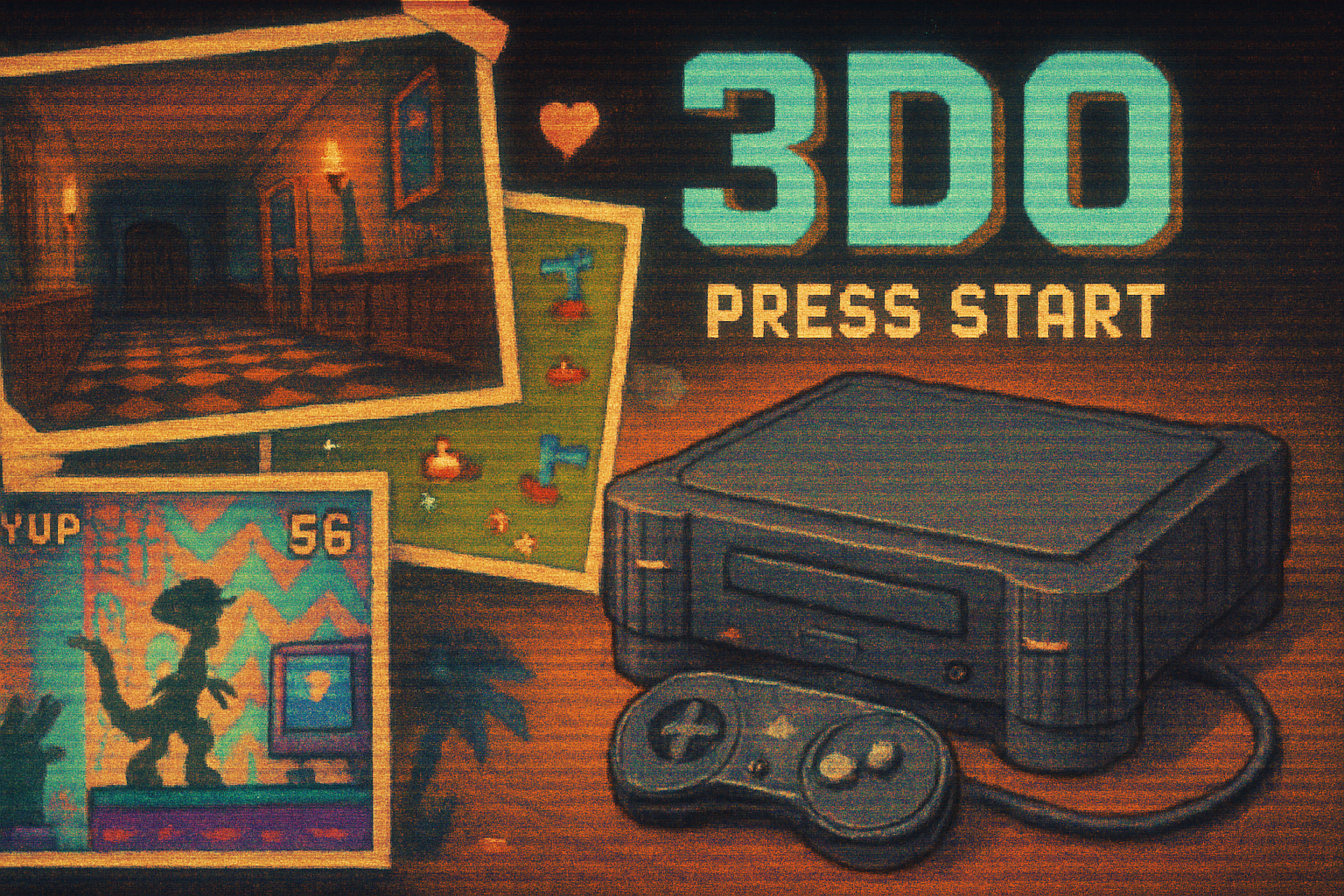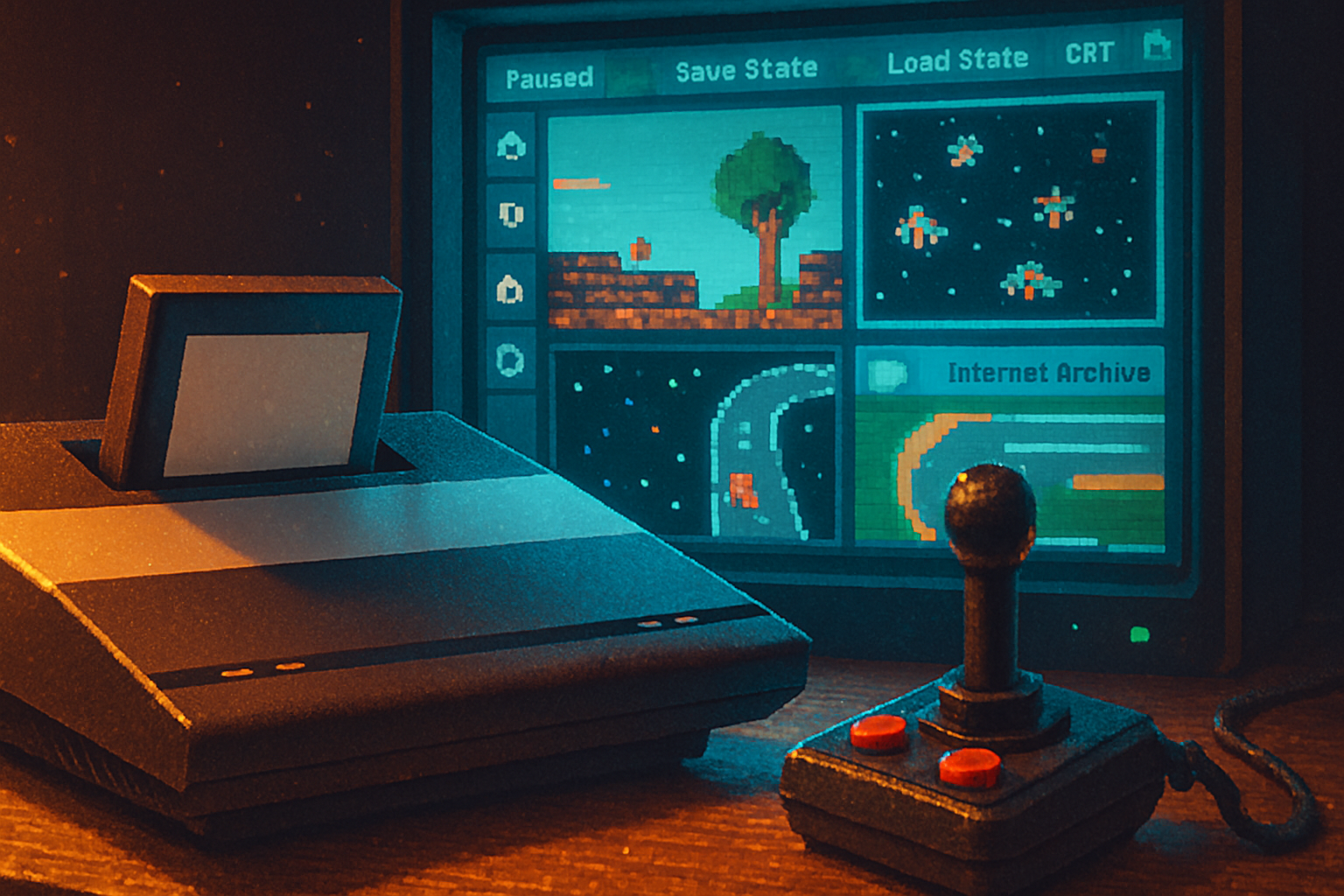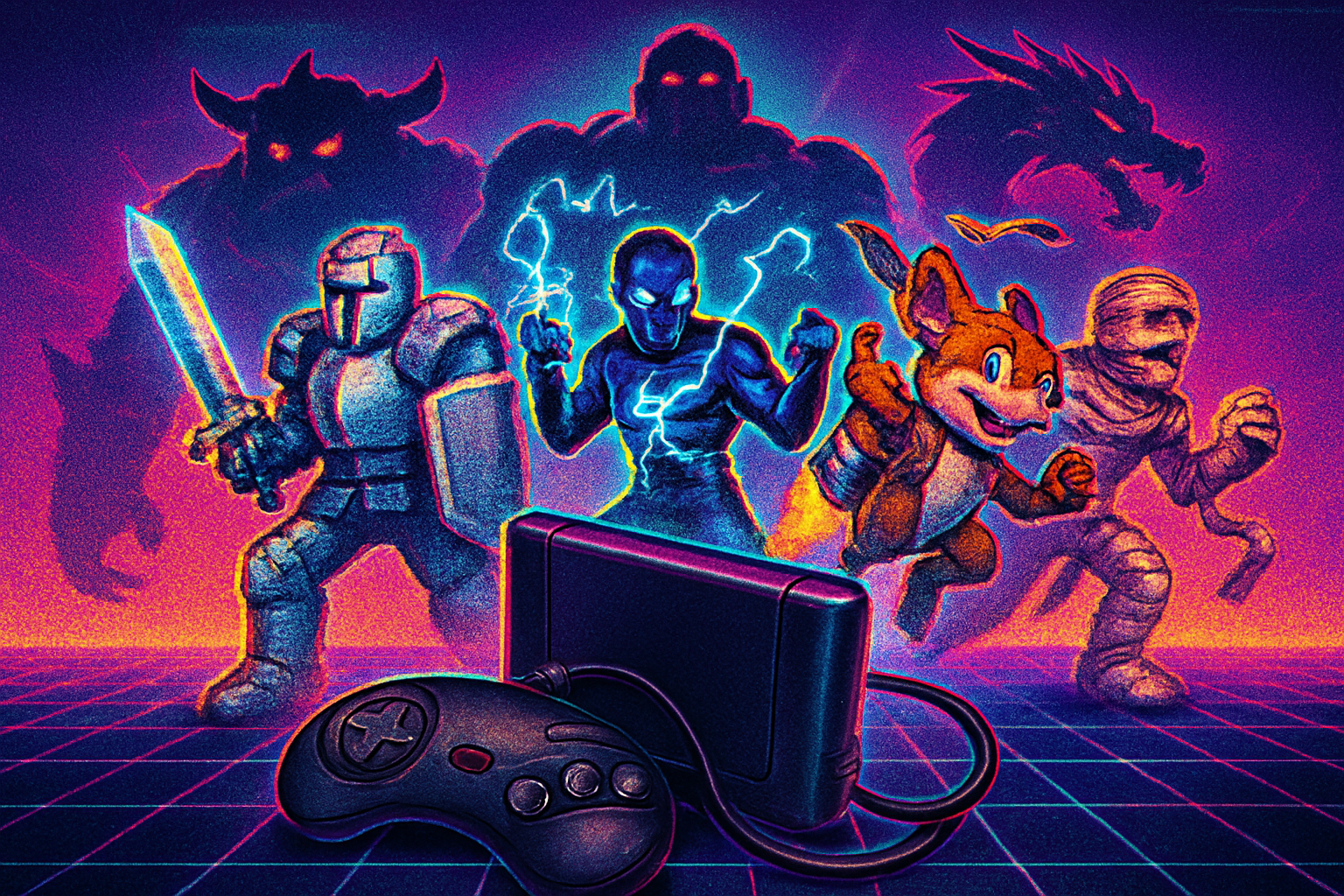· retrogaming · 7 min read
Uncovering NES Hidden Gems: 10 Classic Games You Probably Missed
Dive into 10 underrated NES titles - from gravity-bending action to quirky puzzle-platformers - that deserve a place in your retro collection. This guide explains what makes each game special, why they were overlooked, and how to experience them today.
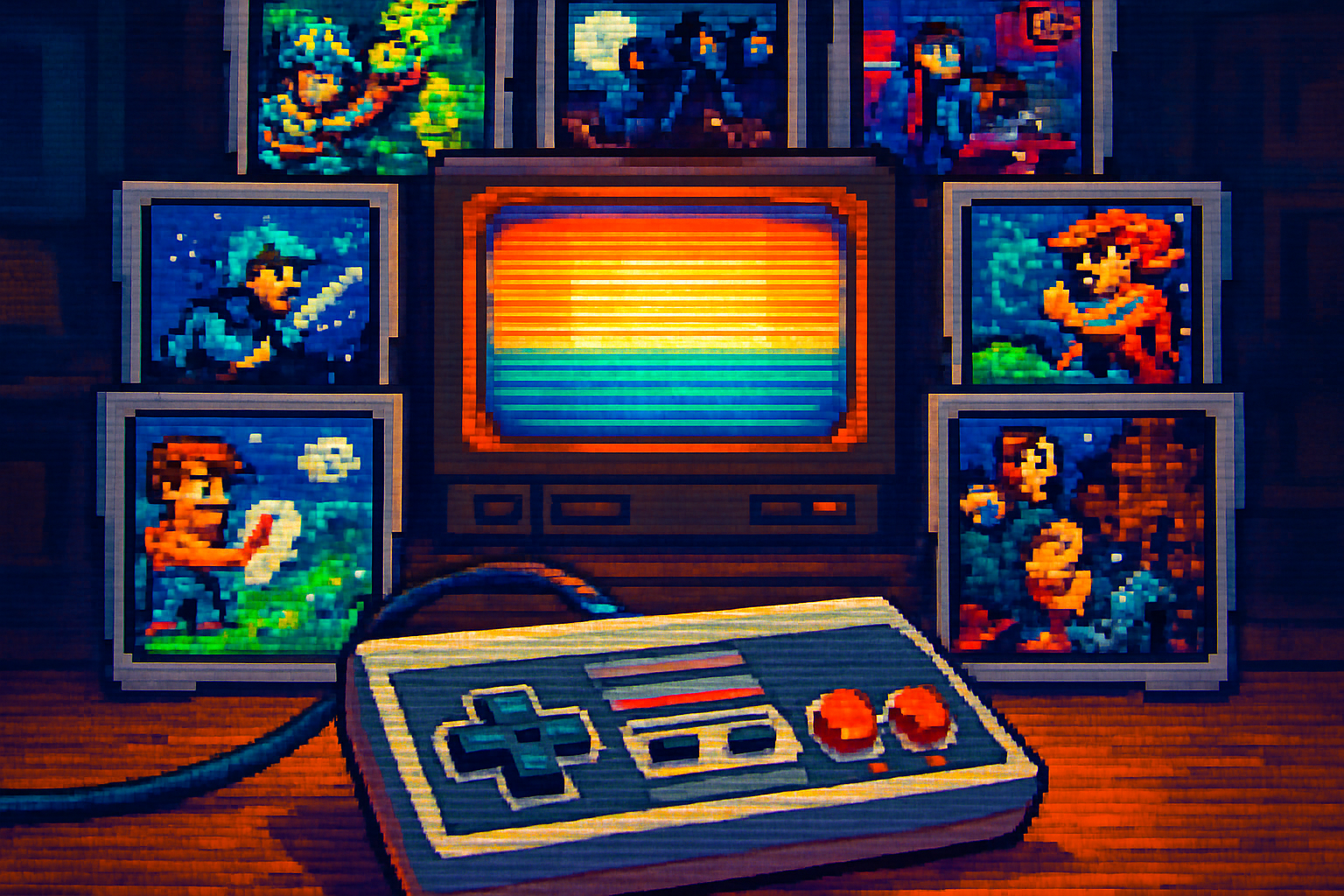
Introduction
The NES library is famously dominated by the big names - Mario, Zelda, Mega Man, Metroid - but tucked between those giants are smaller, remarkable titles that flew under the radar. These games often took creative risks: unusual mechanics, hybrid genres, or weird aesthetics that didn’t always translate to mainstream success. The result? A trove of distinctive experiences that reward modern revisits.
Below are 10 NES hidden gems worth tracking down. For each game you’ll find a quick overview, what makes it unique, why it was overlooked, and tips for newcomers. Links point to more detailed sources if you want to dig deeper.
Selection criteria
- Original or unusual gameplay mechanics
- Strong design, soundtrack, or personality despite limited commercial impact
- Availability today via collections, re-releases, or emulation/repro carts
The list leans toward titles that illustrate the NES’s creative breadth rather than the obvious classics.
- Little Samson
- Quick overview - Little Samson is a tight, high-quality platformer with multiple playable characters, each offering different abilities and playstyles.
- Why it’s special - Beautifully animated sprites, smooth controls, and distinct character swaps (a nimble ninja, a giant golem, a flying dragon and a small knight) give it strong replay value. The level design rewards experimentation with each character.
- Why it was missed - Late in the NES lifecycle and produced in a small print run, the cart never sold in huge numbers and remained overlooked until collectors rediscovered it.
- Tips - Learn each character’s strengths. The dragon is great for exploration, while the golem suplexes bosses.
- Shadow of the Ninja
- Quick overview - A brutal, precise action-platformer with co-op support and tight level design.
- Why it’s special - Excellent two-player mode, responsive combat, and a gritty samurai aesthetic that stands out from typical fantasy or sci-fi NES fare.
- Why it was missed - Released alongside many stronger marketing pushes, it didn’t get a large spotlight despite high quality.
- Tips - Use co-op to soften the difficulty curve; practice jumping and throwing precision to master crowded rooms.
- Vice - Project Doom
- Quick overview - An eclectic hybrid that blends side-scrolling action, driving stages, and light shmup sequences with a pulpy, cinematic presentation.
- Why it’s special - The variety of gameplay keeps every level feeling fresh, and story interludes give it a magazine-style presentation unusual for NES games.
- Why it was missed - Genre-hopping made it hard to market. It didn’t fit a single box (not just a shooter or platformer), so it slipped between target audiences.
- Tips - Treat each stage as a different game - learn the driving and shmup rules separately and expect a higher difficulty spike later on.
- The Guardian Legend
- Quick overview - A hybrid action-adventure and top-down shooter where you switch between an exploration/adventure mode and a vertically scrolling shoot-’em-up.
- Why it’s special - Ambitious blend of genres with a memorable soundtrack and a sprawling map filled with upgrades - essentially an early metroidvania-meets-shmup.
- Why it was missed - Its hybrid nature and steep learning curve made it niche. Players looking for pure action or pure exploration could be put off.
- Tips - Save exploration for when you’re stocked on upgrades; the two gameplay modes complement each other, so take time to learn both.
- Clash at Demonhead
- Quick overview - An open-ish, non-linear action game with quirky NPCs, multiple endings, and a sense of comedic absurdity.
- Why it’s special - Early open-world elements and hub-based level access make it feel like a proto-Metroidvania with personality. Dialogue is oddball in a charming way.
- Why it was missed - Weak marketing and odd tone kept mainstream players away. The map can feel disorienting without a guide.
- Tips - Pay attention to NPC hints and revisit areas after obtaining new powers to unlock secrets.
- Kabuki Quantum Fighter
- Quick overview - A platformer with a kabuki-themed hero fighting using a katana composed of hair strands - bizarre, memorable, and surprisingly deep.
- Why it’s special - Its aesthetic is unique (kabuki motifs in sci-fi settings) and the weapon mechanics provide interesting reach and control over combat.
- Why it was missed - Quirky premise and unconventional visuals made it an odd fit for many Western players at release.
- Tips - Master swing arcs and movement momentum; the game rewards precision and timing over button-mashing.
- A Boy and His Blob - Trouble on Blobolonia
- Quick overview - A gentle, inventive puzzle-platformer where you feed jellybeans to your blob buddy to transform it into helpful shapes (ladder, bridge, etc.).
- Why it’s special - Non-violent, puzzle-forward design with a heartwarming vibe. The transformation mechanics are clever and offer lots of emergent problem-solving.
- Why it was missed - Its slow, contemplative pace contrasted with the action-heavy library of the era, so it wasn’t a blockbuster hit.
- Tips - Experiment with every jellybean flavor - some effects are nonobvious. Patience pays off.
- Metal Storm
- Quick overview - A fast-paced platformer built around an inventive gravity-flipping mechanic - flip the world and walk on ceilings to solve puzzles and dodge hazards.
- Why it’s special - The gravity inversion isn’t just a gimmick - levels and boss designs exploit it creatively, making the core mechanic feel fresh throughout.
- Why it was missed - Released late in the NES life and overshadowed by 16-bit systems’ rise; also not a massive marketing push.
- Tips - Learn to treat gravity flips as movement as well as defense. Many hazards are bypassed by creative inversion use.
- Shatterhand
- Quick overview - A punch-heavy action/platformer with a robust upgrade system: collect power-ups to assemble robotic drones that change your moveset.
- Why it’s special - Tight beat-’em-up combat combined with platforming, plus a surprising depth of combo and satellite customization.
- Why it was missed - Violent 2D brawlers were common, and Shatterhand’s aesthetic and difficulty made it niche.
- Tips - Focus on timing and learn how each satellite configuration alters your approach - they dramatically affect boss battles.
- Faxanadu
- Quick overview - An action-RPG with exploration, towns, shops, and equipment upgrades that leans into atmosphere and incremental progression.
- Why it’s special - It blends side-scrolling action with RPG-ish resource management and a moody soundtrack that creates a surprisingly immersive world for the NES.
- Why it was missed - Not as flashy as larger RPGs and released when players favored top-down RPGs; it’s sometimes labeled a cult favorite rather than a mainstream hit.
- Tips - Manage your money and upgrades; don’t rush into every area - return once you’ve improved equipment.
Where to find and play these games today
- Official re-releases - A few of these titles have seen re-releases or inclusions on retro compilations or services (check publishers’ retro collections and Nintendo Switch Online updates). Availability varies by region.
- Emulation and repro carts - If you own original hardware, reproduction cartridges and EverDrive-style flash carts are popular ways to play. Emulation (on legal backups) is another route for preserved access.
- Physical collecting - Some titles (Little Samson, Kabuki, Metal Storm) are prized by collectors and can command high prices for original carts in good condition.
Why these overlooked games still matter
Many of these titles show the NES at its most experimental: developers squeezed surprising nuance from limited hardware and gambled on unusual ideas. Revisiting hidden gems is rewarding for players who want something different from the familiar classics - creative mechanics, weird premises, and bite-sized design experiments that still influence indie titles today.
Starter recommendations
- If you want a polished platformer - start with Little Samson or Metal Storm.
- If you crave genre blending - try Vice: Project Doom or The Guardian Legend.
- If you want quirky charm - A Boy and His Blob or Kabuki Quantum Fighter.
- If you want RPG flavor - Faxanadu.
Final thoughts
The NES library still surprises when you dig past the canon. These ten games are snapshots of creative risk-taking, each offering a distinct taste of retro design that modern players and collectors can appreciate. Whether you’re building a physical collection or exploring ROMs and re-releases, give one of these titles a try - you might just find a new favorite that proves there’s more to the 8-bit era than the household names.
Further reading
- General NES library and game pages: Nintendo Wiki / Wikipedia
- Individual game references linked above next to each title.
